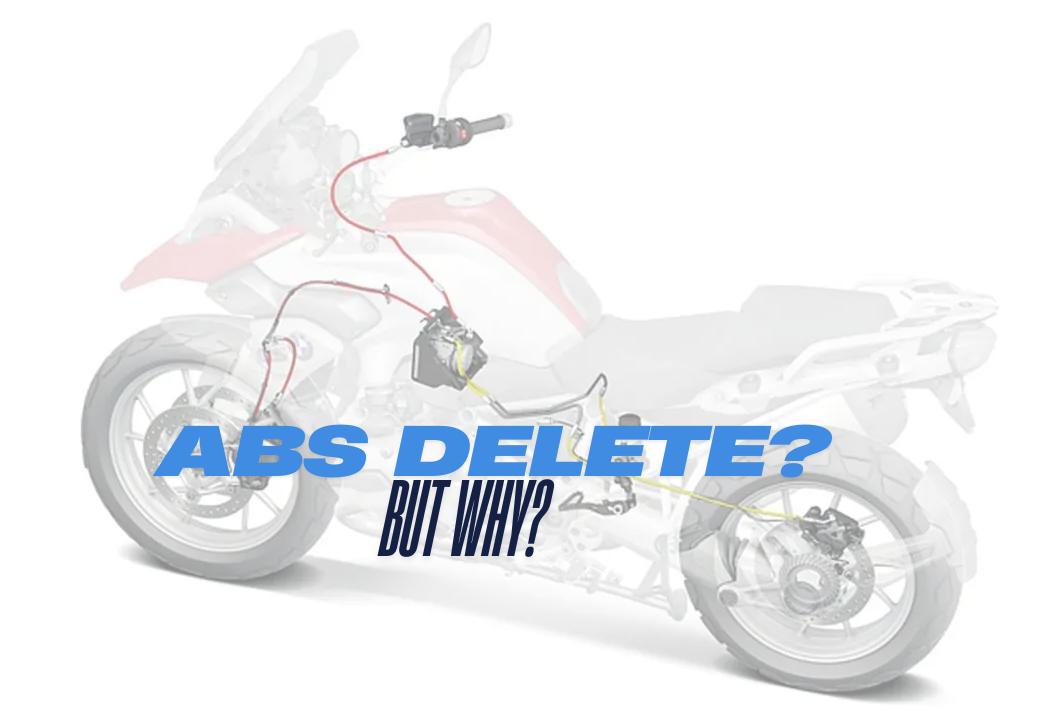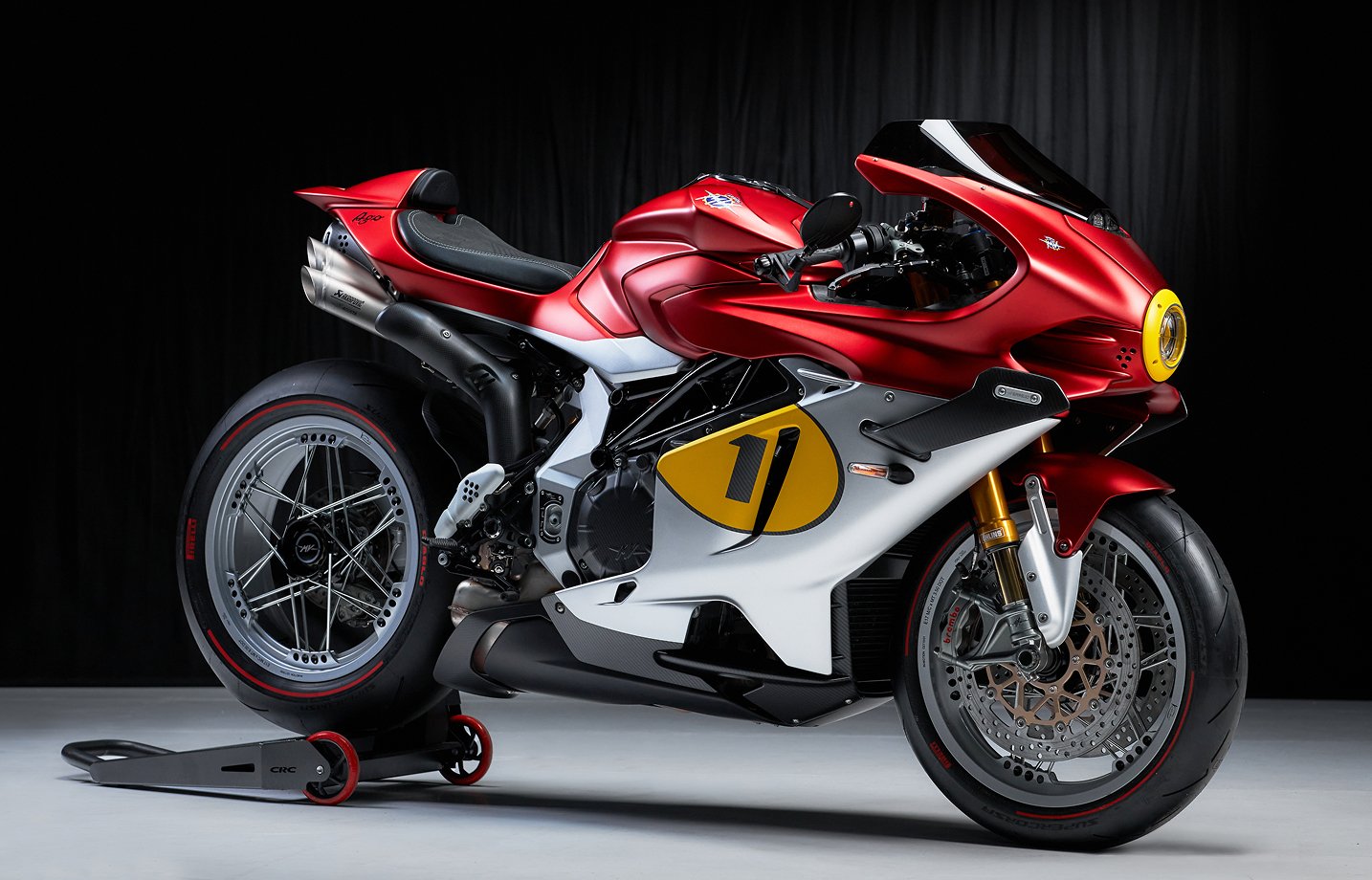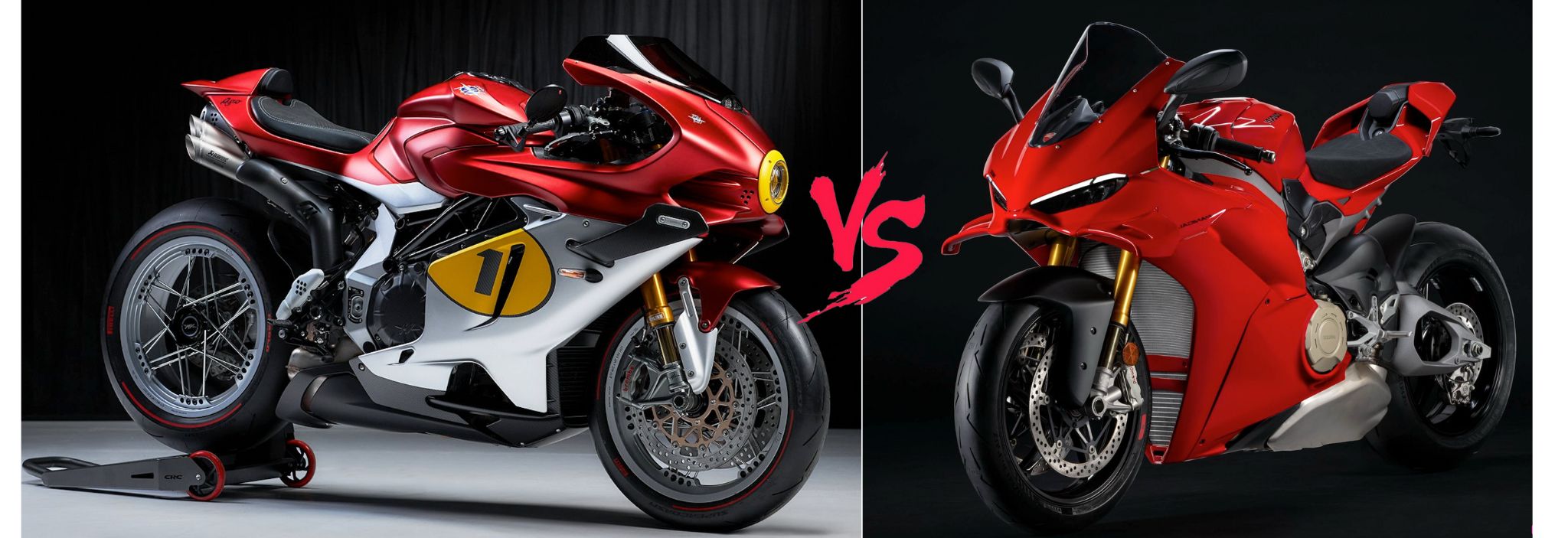Motorcycle chains are the most important element of a bike as it helps in transmitting force from the pedals to the rear wheel. It is made up of joined metal links that are usually metals like steel or titanium. These components are designed and last long but due to their functionality and the mechanical nature of the bikes, wear and tear is common and therefore regular upkeep like cleaning and lubrication is vital. Efforts to manage chain slack are also critical since managing slippage and excess wear often comes down to this.
There are two types of chains, Sealed and Non-Sealed, some examples of sealed chains are listed below,
0-Ring Chain
An O-ring chain has small rubber O-rings placed in between the inner and outer plates of the chain for the purpose of lubrication retention and exclusion of dirt and contaminants. This also extends the life making them suitable for use in dirt and heavy-duty applications. It also eliminates the effects of wear and tear due to the less friction in use, giving rise to O-ring chains that last longer. Such chains are however, much heavier, a little more inefficient than the unsealed chains owing to the friction from the rings and are typically pricier. They are recommended for use in motorcycles, motocross bikes and cycle racing bikes.
Z-Ring Chain
The specialized Z-shaped seal found in Z-ring chains is known to minimize friction and prevent leakages even better than O-rings and X-ring chains. These seals help retain lubricants to their fullest capacity while preventing drag over surfaces and working more efficiently and longer. Unfortunately, that high technology design is expensive and therefore only applicable for high end markets. For example, Z-ring chains are well suited for high-performance street bikes or racing bikes where the need for performance and high reliability is of most importance, while working effectively even in bad conditions.
X-Ring Chain
X-ring chains are an improvised version of the O-ring chain with X shaped seals replacing the O-rings. These seals provide better performance by reducing friction even more and at the same time keep the lubrication inside very well. The other advantage of this low friction is that the chains are more efficient and will last longer than O-ring chains, therefore they are very useful in adverse conditions. But there is a price to it, they are more expensive compared to other chains. X-ring chains perform very well in racing motorcycles, super-bikes, where both longevity and efficiency are extremely important. Its construction allows the chain to work under a very high stress for long periods, thus it is most preferred by the motorcycle riders who want the bike to perform optimally even under harsh conditions.
Chain Drive Mechanism – The Basics
The chain is made of chainplates that have perforated cylinders joined to them, the cylinders are fitted inside the sprockets. The smaller sprocket is attached to the gearbox and a larger one turns the rear wheel. Commuter motorcycles or bicycles are mostly equipped with standard roller chains, whereas, for enhanced lubrication, smooth functioning and increased durability, motorcycles with higher capacities use O ring or X ring chains.
Standard Roller Chains
A motorcycle roller chain has outer and inner plates which are made of plates, round pins, bushes, and round rollers. These round rollers come in contact with the teeth of the sprocket during operation. It is understood that speed and its components, in this case movement, require the use of some kind of lubrication. However, normal roller chain types with their different sized rivets, have no proper sealing arrangements to hold the grease inside. Therefore, these types tend to be very dirty and get rusted or even jammed quite frequently. As a result, regular cleaning and maintenance practices, as well as storage within a chain case, are necessary to avoid the accumulation of excess debris and excessive wear of the chains and sprockets.
Non – Sealed Chains
Non-Sealed chains are heavier, complicated and costly, which renders them unsuitable for let’s say performance motorcycles or when every ounce and coin counts. On the downside, these types of chains need constant and regular servicing as they do not have any protective barrier to keep the grease inside and dirt outside. This in turn means that the chains are sooner or later subjected to grime and in use wear and tear therefore tend to last a shorter period in comparison to any sealed versions. This makes them impractical for relief or performance-oriented uses.















6 Reasons why Royal Enfield is possessive about the Round mirrors?
[…] NEXT: Learn more about the chains that are used in Motorcycles […]